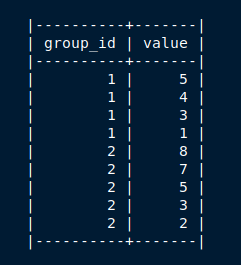Add new learnings to your mind effectively. Mistakes : While studying/learning any new topic, we all tend to make the same mistake time and again. Whenever we come across an unknown topic, we go through the internet, read any article, or watch any random youtube videos. Yes, this way, we understand the topic and just stop there and after some time, when we need the same thing, we repeat the same process of surfing the internet. As you are reading the same topic from different sources every time you need it, it takes a long time for your mind to grasp the thing. So, What's the solution? What we can do is, after getting sufficient knowledge on the topic, make a note on it which you can revise later point in time and don't need to go through the web. And if the topic is too large and complex to prepare notes on, bookmark the webpage/video you learn it on and visit the same exact thing next time. what happens is when you read something from the same thing again and again, it builds...
